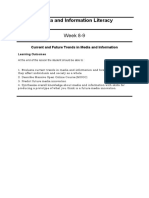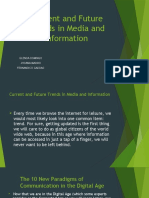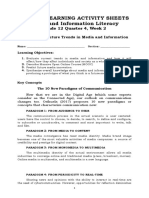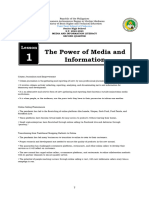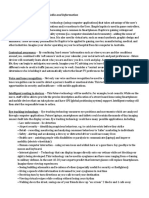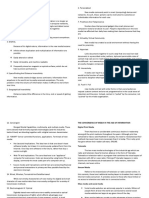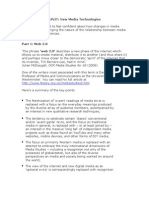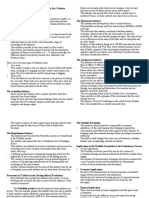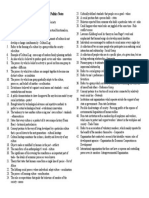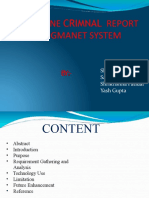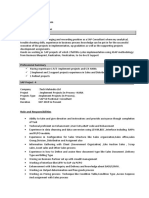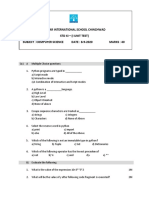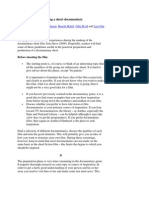0% found this document useful (0 votes)
20 views3 pagesCurrent and Future Trends in Media and Information
The document discusses current and future trends in media and information, highlighting ten paradigms of communication in the digital age, such as the shift from audience to user and from linear to hypertext. It also explores emerging technologies like haptics, contextual awareness, and voice recognition, as well as the implications of Massive Open Online Courses (MOOCs) in democratizing education. The document emphasizes the interconnectedness of learning and the importance of adapting to the evolving digital landscape.
Uploaded by
sofia tolentinoCopyright
© © All Rights Reserved
We take content rights seriously. If you suspect this is your content, claim it here.
Available Formats
Download as DOCX, PDF, TXT or read online on Scribd
0% found this document useful (0 votes)
20 views3 pagesCurrent and Future Trends in Media and Information
The document discusses current and future trends in media and information, highlighting ten paradigms of communication in the digital age, such as the shift from audience to user and from linear to hypertext. It also explores emerging technologies like haptics, contextual awareness, and voice recognition, as well as the implications of Massive Open Online Courses (MOOCs) in democratizing education. The document emphasizes the interconnectedness of learning and the importance of adapting to the evolving digital landscape.
Uploaded by
sofia tolentinoCopyright
© © All Rights Reserved
We take content rights seriously. If you suspect this is your content, claim it here.
Available Formats
Download as DOCX, PDF, TXT or read online on Scribd
/ 3
